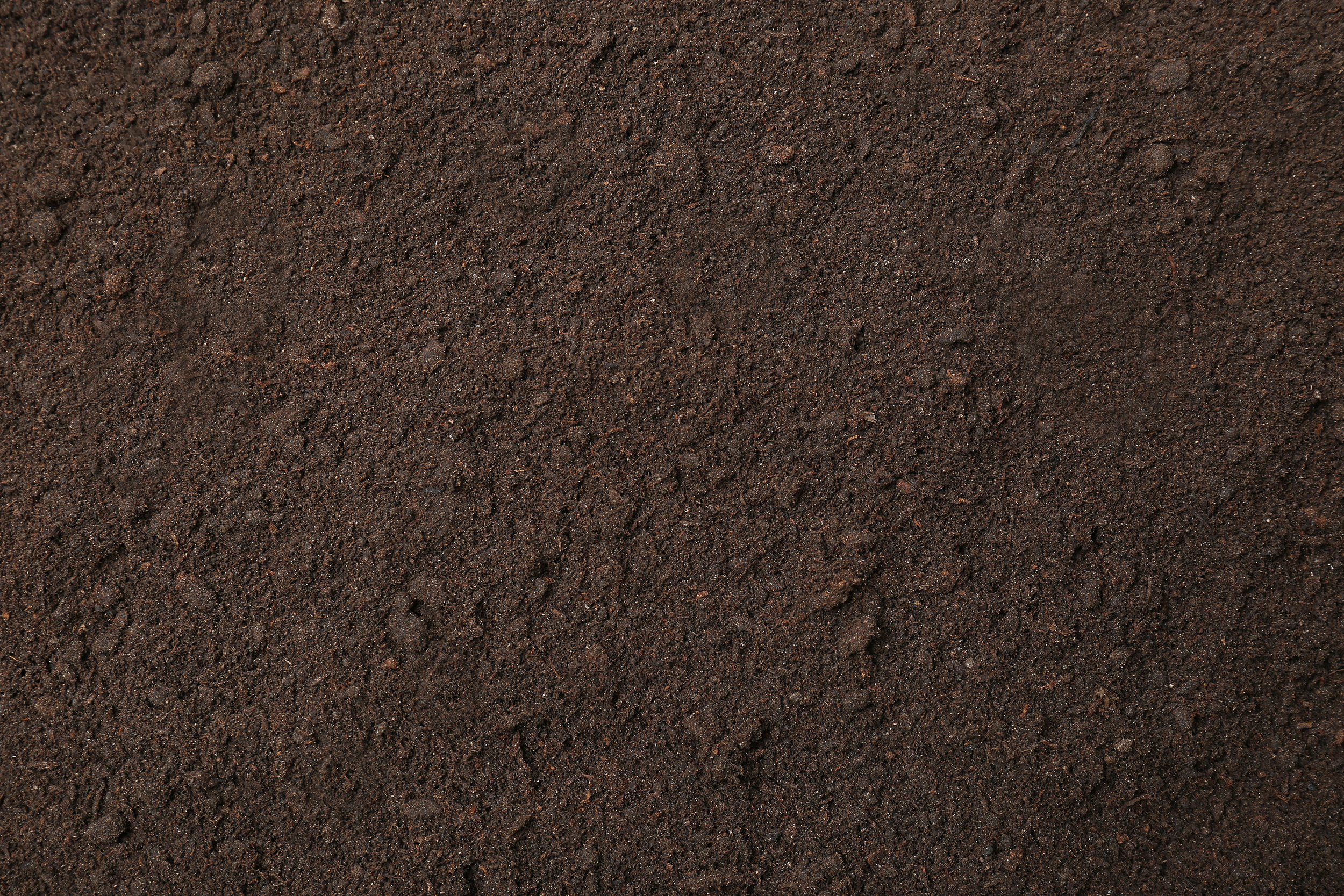
by sharing our 40+ year history, knowledge, and expertise, we confidently guarantee success in your gardening and landscaping endeavors.
how to guide for balled + burlapped trees
dig a hole 2-3 times as wide and the same depth as the plant root ball. mix pine soil conditioner with the freshly dug soil in a ratio of about 1:2.
leave the burlap on the root ball to keep it intact. it will biodegrade in 1-2 months. take care when handling root balls - a broken root ball is likely to cause the plant to die. there may be a metal basket around the root ball which should be removed to prevent root breakage and “girdling.” use wire cutters to remove the bottom half of the basket before placing the plant in the hole & removing remaining wire.
planting depth is very important. place the plant in the hole so that the top of the root ball is just slightly above original soil level, no deeper, so that the root flare (where you see bare roots extending from the main trunk) is slightly exposed. trim off any excess burlap or twine that is wrapped around the trunk.
backfill the hole with amended soil, adding our recommended number of fertilizer tablets when the hole is half full, and gently “tamp” down.
apply a 3” layer of mulch, taking care to keep it away from the trunk. do not build up mulch around the trunk. instead, form a watering ring “donut” with the mulch.
water generously immediately after planting.
how to plant
sound like too much work? let us do the planting!
we can prepare a personalized quote for the delivery, planting, and mulching of your trees & shrubs. you just tell us where to do the digging.
get good dirt
for all plants, soil preparation is essential. by taking extra steps to amend soil at planting time and after, you ensure they will not only survive, but will thrive. generally soil preparation means loosening compacted or heavy soils to increase drainage and enrich the soil for plants.
kentucky soil in particular needs to be amended for planting.
recommended organic amendments
pine soil conditioner : aged pine fines which improve drainage and break up clay soils (available in bags)
compost mix : a locally produced 50/50 mixture of pine fines and standardbred compost (available in bulk “scoops”)
sweet peet : a blend of compost vegetable matter and pine forest flooring (available in bags)
other tried and true soil amendments
peat moss : acidifies the soil
cow manure : adds nitrogen and organic matter
gypsum : breaks down clay
plants such as azaleas, rhododendron, sourwood, pieris, and many perennials have specialized needs requiring rich, well-drained soil to thrive and slightly more involved soil prep. these should be planted in deeply tilled beds into which organic matter has been mixed with existing soil in a 1:1 ration. soil preparation is a process and the best beds are the result of persistence. amending soil each season or every time you plant will result in rich, loose soil that is ideal for growing lush, healthy, well-rooted plants.


